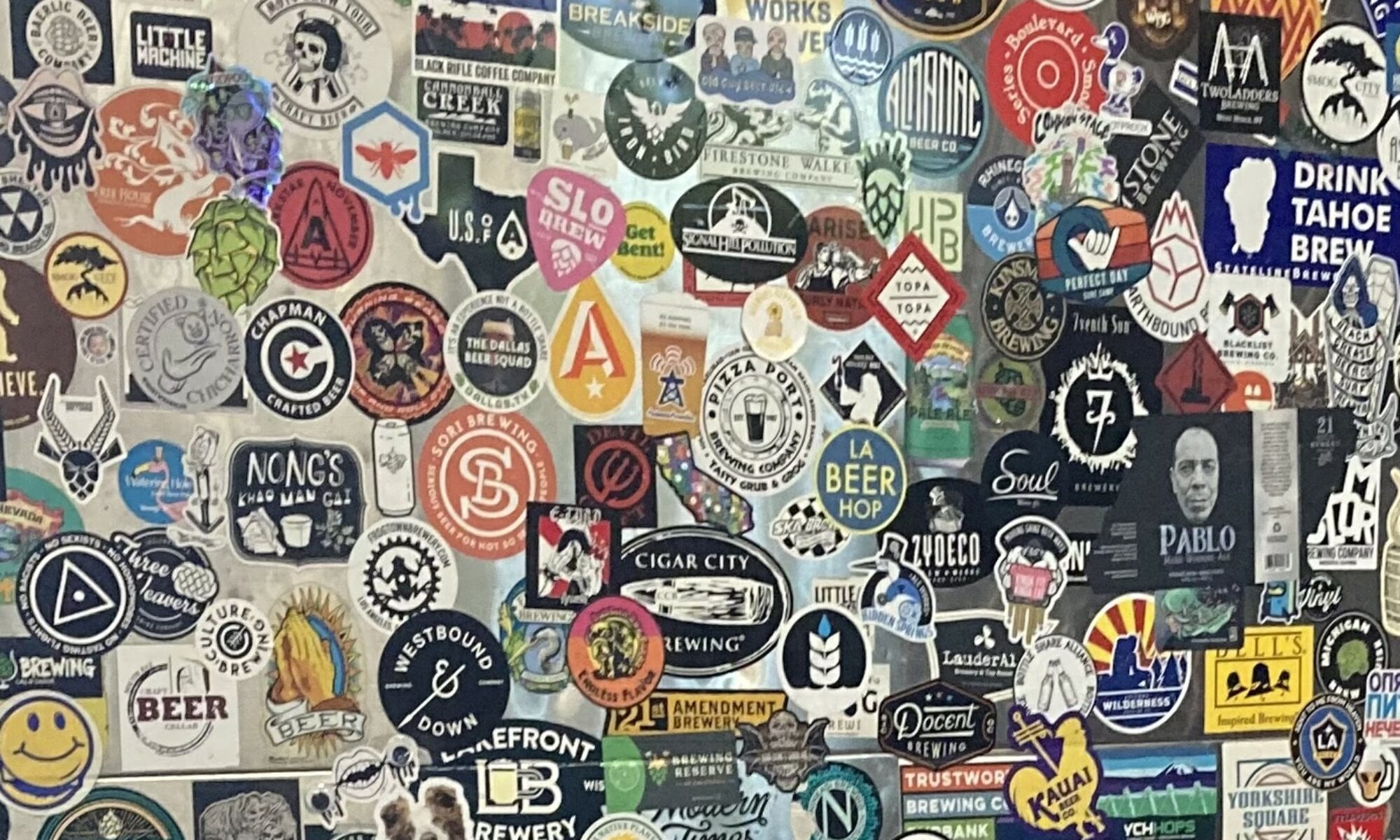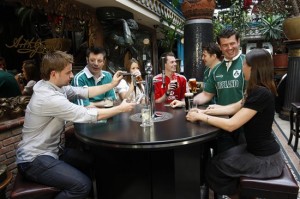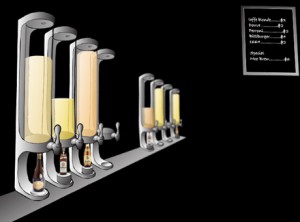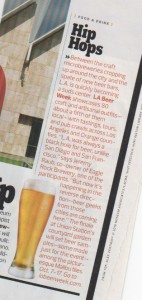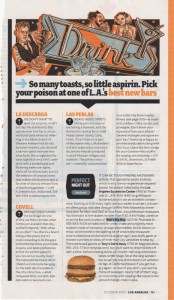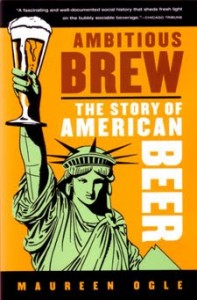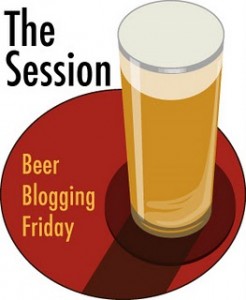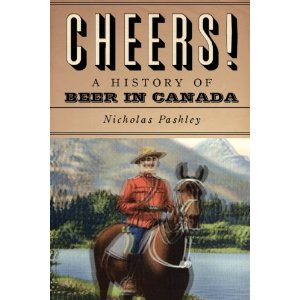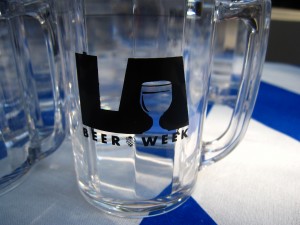
Two events to talk about today:
Stone Archival at Tony’s Darts Away.
I have to admit that I had planned on visiting the Oinkster for Craftsman beer and BBQ. For whatever reason, I thought I could just mosey in an order some cue and a beer. It was not that kind of event. And I missed the ticket window. Bummer for me. But the great thing about LA Beer Week is that there are other things to do!
So I headed to Burbank for more Stone. I had a nice glass of the 09/09/09. It was rich and mellow. Belgian notes had really receded to the background and added a slight tint at the end. The orange and vanilla talked about when it was brewed had also faded a bit. All in all, a lovely dessert beer if you have any and are willing to open it now.
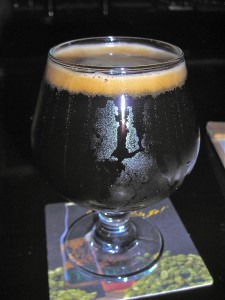
I was going to have another Double Dry-hopped Sublimely Self-Righteous but the taps were pitching a fit. The crew at Tony’s soon got the snafu fixed and had to play catch up with the large and growing crowd. So to finish, I had another San Diego beer. San Salvador Saison from Ballast Point.
This is what the brewery says about it, “The idea started as a San Diego Farmhouse Ale using local ingredients. We wondered what the Kumeyaay Indian’s were eating when Juan Rodriguez Cabrillo climbed out of his flagship boat, the San Salvador, and onto the shore of Ballast Point in 1542. Also, what might have Cabrillo stocked on his boat before he left Acapulco (then called Navidad) 3 1/2 months earlier? So with some research we tracked down a fun mix of ingredients for a Belgian inspired San Diego indigenous Ale.
With some help from our friends at The Linkery, North Park Native Plants and Wingshadow’s Farm we were able to track down ingredients like corn, pine nuts, agave, elder flower, white sage, manzanita berries, curacao and local sage honey. The malt bill consisted of Belgian pale malt, caramunich, biscuit, wheat and corn. The result is a 7.5% ABV, brown beer that really has to be tasted to be understood. It tastes like the San Diego countryside.”
As you can see, it is a beer without a category. Is it brown, saison, regular Belgian? More the first with a bit of the latter and not the middle. A very good beer with lots of individual flavors. Just don’t order one hoping for a saison.
Last night, again I was not vigilant enough to the Beer Week Calendar. I thought I could saunter into the Surly Goat and maybe have cheese and beer presented by the Hot Knives. Well, A it was another sold out ticketed event and B, it wasn’t even at the Surly Goat!
But again the depth of events saved me. Surly Goat was pouring some special Maui Brewing beers. I tried Ode to Carol which either didn’t survive the journey to the mainland or was one of the lightest Belgian ales on record. I also had their Hula Honey Lager which was only OK in my book. Others at the bar though really enjoyed it.
3 DAYS LEFT. Be sure to check out all the happenings at the LA Beer Week event page.
